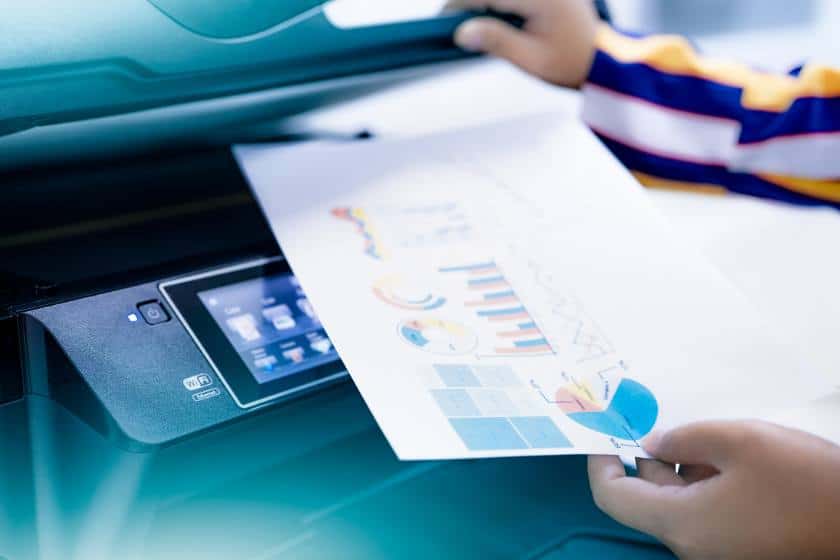 Welcome to the mesmerizing world of laser printing, where technology dances with precision to bring your digital creations to life on paper! Have you ever wondered how your office documents, college assignments, or favorite photographs are printed remarkably quickly and clearly? The secret lies in the ingenious working principle of laser printing, a technology that has transformed how we put ink on paper. In this blog, we will take an analytical journey to explore the working principles and inner workings of laser printers and unravel the magic behind this revolutionary printing process.
Welcome to the mesmerizing world of laser printing, where technology dances with precision to bring your digital creations to life on paper! Have you ever wondered how your office documents, college assignments, or favorite photographs are printed remarkably quickly and clearly? The secret lies in the ingenious working principle of laser printing, a technology that has transformed how we put ink on paper. In this blog, we will take an analytical journey to explore the working principles and inner workings of laser printers and unravel the magic behind this revolutionary printing process.
-
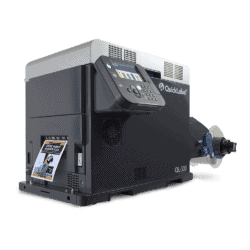 Quick Label QL-300 (120V) Toner CMYK Color Label Printer SKU: 1003-0000002$9,495.00
Quick Label QL-300 (120V) Toner CMYK Color Label Printer SKU: 1003-0000002$9,495.00
FREE SHIPPING over $199*
Orders before 12PM EST usually Ship Same Business Day -
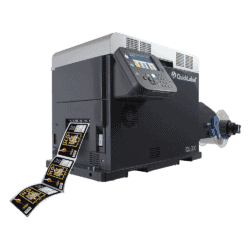 Quick Label QL-300s (120V) Toner CMYK + White Color Label Printer SKU: 1003-0000004$12,495.00
Quick Label QL-300s (120V) Toner CMYK + White Color Label Printer SKU: 1003-0000004$12,495.00
FREE SHIPPING over $199*
Orders before 12PM EST usually Ship Same Business Day
Unveiling the Working Principles of Laser Printers
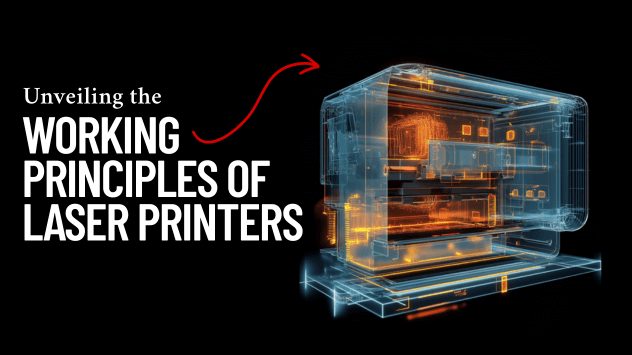
Laser printers, the workhorses of modern printing, employ a fascinating blend of science and engineering to deliver outstanding results. Let’s dive into the heart of this remarkable technology and understand how it all comes together!
Step 1: Light, Electrification, and a Drum
The first act of our laser printing tale unfolds with a photoreceptor drum, a light-sensitive canvas eagerly waiting to capture the essence of your digital masterpiece. Picture this: you hit that print button, and the printer’s laser beam dances across the photoreceptor drum’s surface.
As the laser beam traces your document’s digital information, it creates an electrostatic image on the drum. Dark areas in your paper correspond to more light hitting the drum, while lighter areas leave the drum virtually untouched. It’s like writing with light!
Step 2: Charged Up with Electrostatics
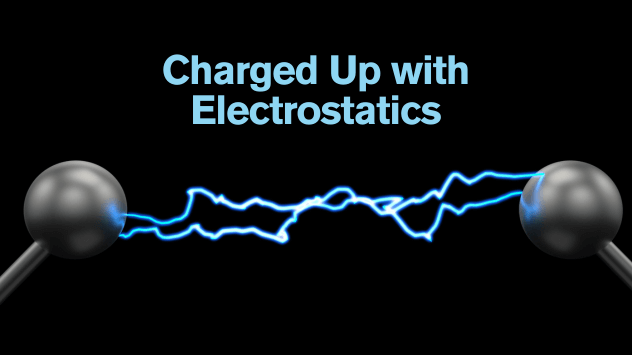
Enter the stage of electrostatics, where positive and negative charges perform an electrifying dance. Before the laser’s performance, the photoreceptor drum is uniformly charged with positive ions, eagerly anticipating the mesmerizing light show.
As the laser creates its intricate electrostatic image on the drum, specific areas become negatively charged. These negatively charged regions on the drum represent the essence of your document, forming the blueprint for the print to come.
Step 3: The Magic of Toner
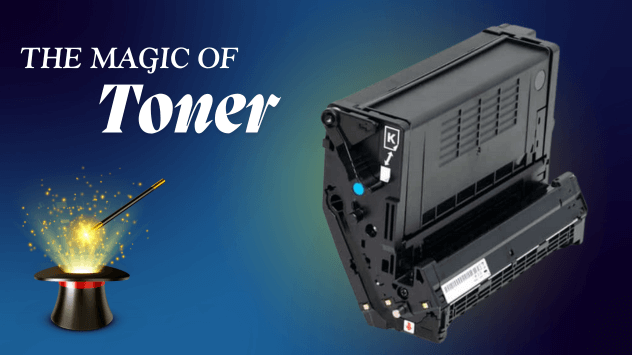
The spotlight now shifts to the enchanting world of toner. Toner, a fine powder containing pigments and plastic particles, is the ink that brings your digital creation to life.
Remember the charges we spoke of earlier? Here’s where they play their role brilliantly. The negatively charged regions on the drum attract the positively charged toner particles, creating a mirror image of your document on the drum’s surface. The photoreceptor drum is now adorned with the essence of your print.
Step 4: The Grand Finale: Transferring and Fusing
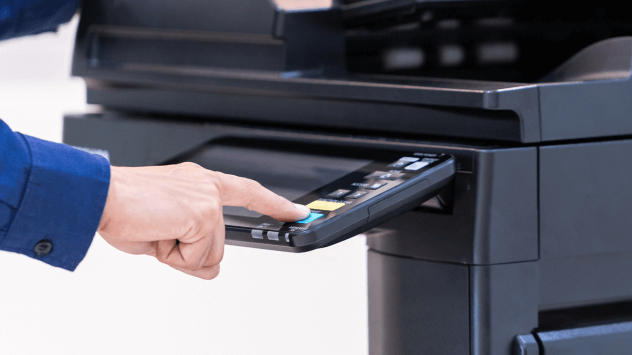
As the plot thickens, the final act commences with the print transfer from the photoreceptor drum to the paper. The drum delicately rolls over a sheet of paper, positively charging its surface. This positive charge is stronger than the negative charge of the toner, causing the toner to leave the drum and embrace the paper eagerly.
But there’s one last magical touch required to complete the masterpiece – fusing! Now adorned with the toner’s charm, the paper embarks on its journey through heated rollers called fuser units. The fuser units apply heat and pressure, melting the plastic particles in the toner and binding them forever to the paper.
The Enchanting Advantages of Laser Printing
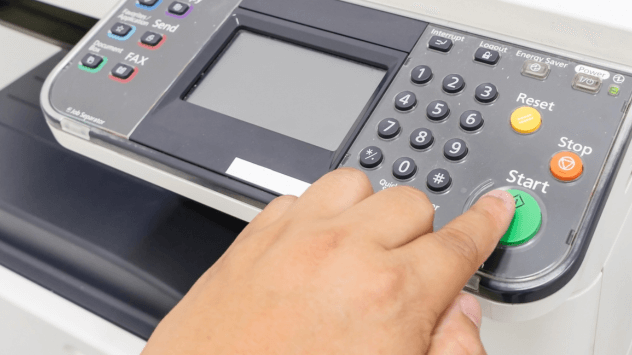
Now that we’ve uncovered the mesmerizing working principle of printers and laser printing, let’s take a moment to appreciate the captivating advantages this technology brings to the table:
- Speed and Precision: Laser printers are swift performers, creating prints with exceptional precision. Whether you’re printing text or graphics, a laser printer delivers high-quality results with remarkable speed.
- Crisp Text and Vibrant Graphics: Thanks to the accuracy of laser printing, your documents boast sharp text and vibrant graphics, adding a touch of professionalism to your work.
- Cost-Effectiveness: While laser printers may have a higher upfront cost, their cost-per-page is generally lower than other printing technologies, making them cost-effective in the long run.
- Reliability and Durability: Laser printers are built to withstand heavy usage, making them reliable work companions that can serve you for years with proper care.
- Versatility: From standard paper to glossy brochures and transparencies, laser printers can handle a variety of printing materials, making them versatile for different printing needs.
-
 Quick Label QL-300 (120V) Toner CMYK Color Label Printer SKU: 1003-0000002$9,495.00
Quick Label QL-300 (120V) Toner CMYK Color Label Printer SKU: 1003-0000002$9,495.00
FREE SHIPPING over $199*
Orders before 12PM EST usually Ship Same Business Day -
 Quick Label QL-300s (120V) Toner CMYK + White Color Label Printer SKU: 1003-0000004$12,495.00
Quick Label QL-300s (120V) Toner CMYK + White Color Label Printer SKU: 1003-0000004$12,495.00
FREE SHIPPING over $199*
Orders before 12PM EST usually Ship Same Business Day
Conclusion
In conclusion, the printer’s working principle and the working principle of laser printing weave the magic of light, electricity, and precision to create prints that leave us in awe. Laser printing, which includes the interplay of the photoreceptor drum, toner, and paper, illustrates how technology continues to evolve and enhance our lives.
Next time you press that print button and watch your laser printer spring into action, you’ll know the remarkable journey that unfolds behind the scenes. Laser printing has transformed how we print and share information, making our lives more colorful and efficient, one print at a time. To know for more information contact TCS Digital Solutions.
Related Articles


